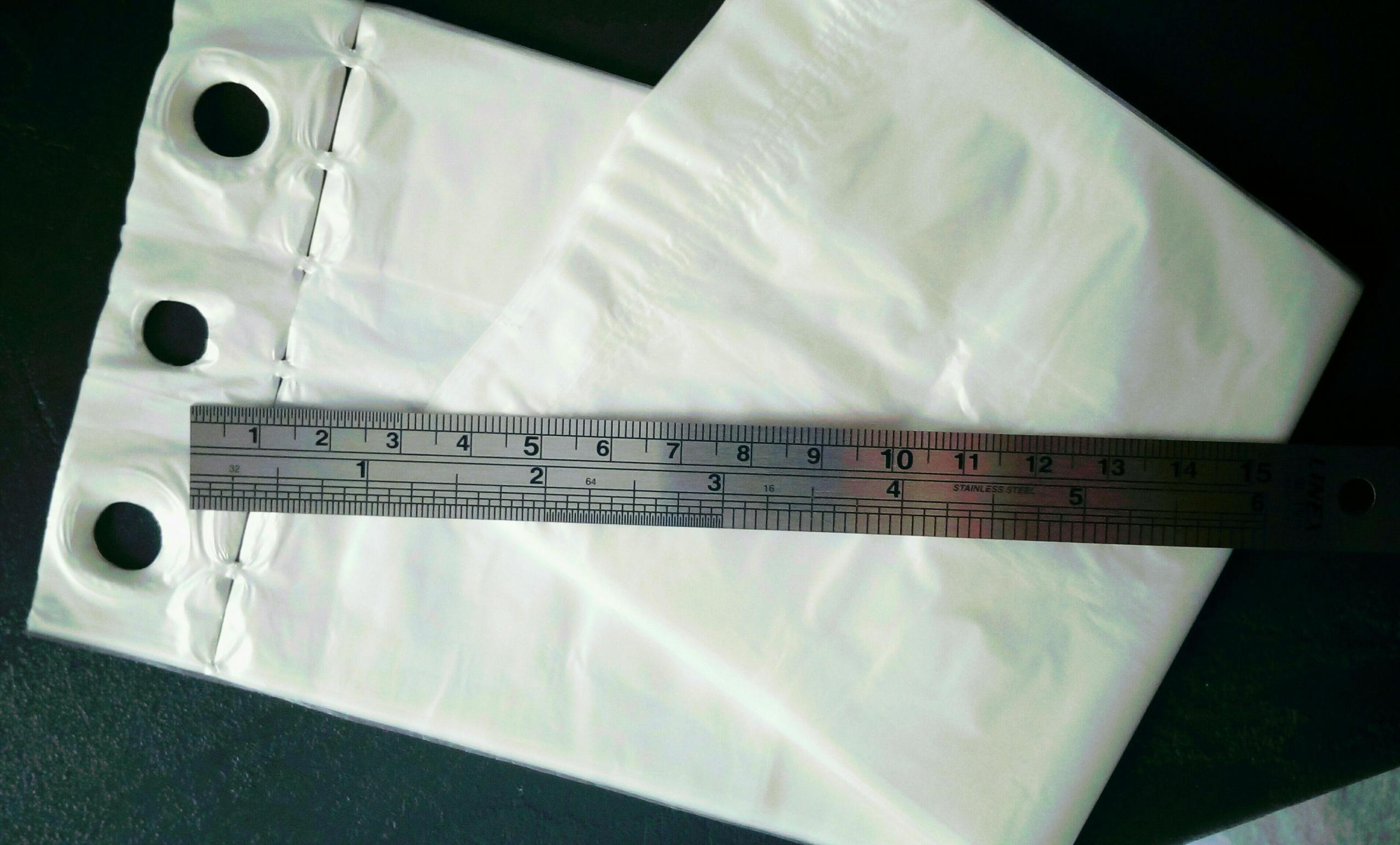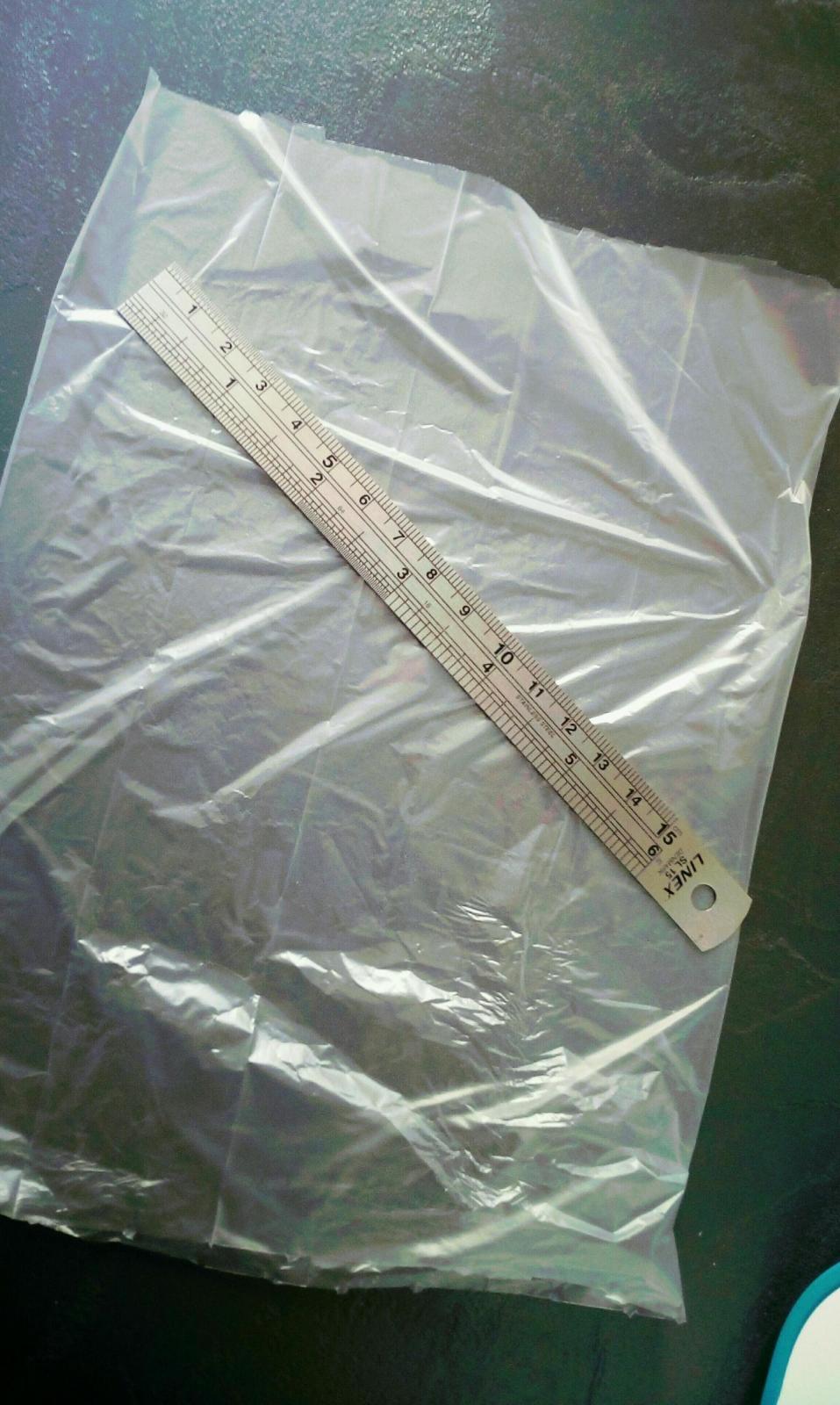
Sourwort Made Easy
In this short post I describe how I prepare sourwort (lactic starter) nowadays for bread making with emphasis given to starter freshness and simplicity of technique.
Only a small quantity is prepared at a time just enough for a single bake (no propagation, no fridge storage, no additives). Made and used fresh each time ensures greater control over starter behavior, robustness and overall microflora liveness.
Equipment requirements include a means of keeping the starter warm while fermenting and a small size French press coffee maker.
Procedure
30g of cracked rye malt is washed with excess water (like we do with rice) several times letting it soak say 10min in between rinses. I do this inside the French press carafe using the plunger with its built-in filter mesh to squeeze the grains and pour away cloudy water.
A double plastic membrane is cut and opened up flat from a common food bag like shown in the photos below:


Then I pour 100g warm water (40-45C) over the strained grains plus small amount of acv (1/8tsp), stir and slowly but firmly squeeze the membrane down the cylindrical carafe with the plunger until it just touches the water surface. This ensures minimal exposure to air closely recreating anaerobic conditions during fermentation.
The coffee maker is put inside a Brod&Taylor proofer set at 28C and left in peace to ferment and sour for 24-48hrs. Freshly made sourwort is percolated as with coffee and used straight into the bread recipe (the rest is discarded).


Notes
1. Setting proofer temp to 28C is a fair compromise between lacto-fermentation and bread dough proofing so that both can run in parallel not competing with each other for proofer time. I always keep a portion of malt grains fermenting in my proofer 24/7.
2. Weights of ingredients mentioned above reflect my usual baking needs only and can be freely scaled up (most likely) or down.
3. Reaching and holding pedantically exact temperature levels shouldn’t be an issue. Just keep the fermenting starter warm, any temps between 30-40C is fine.
4. Since a relatively small amount of starter is fermenting at any time, one need not worry about temperature gradients inside the fermentable and heating counter strategies (top, bottom, radial, bathing etc). The starter readily acquires and holds uniform temperature due to its small volume anyways.
Keep fermenting, Savvas

